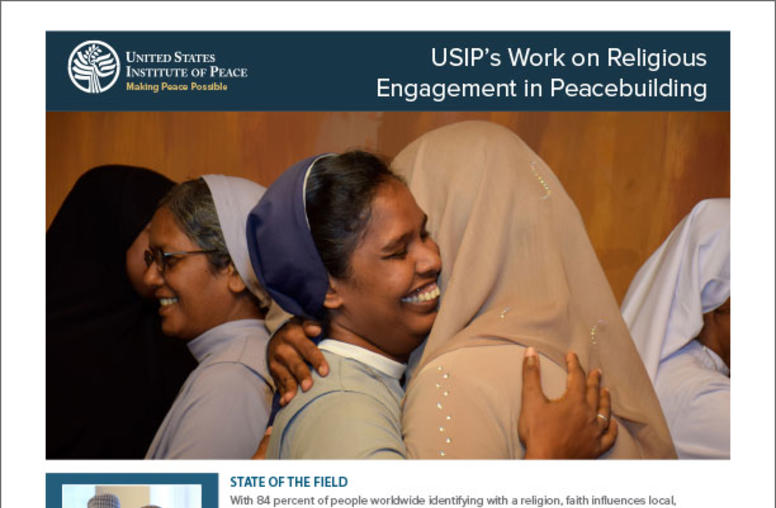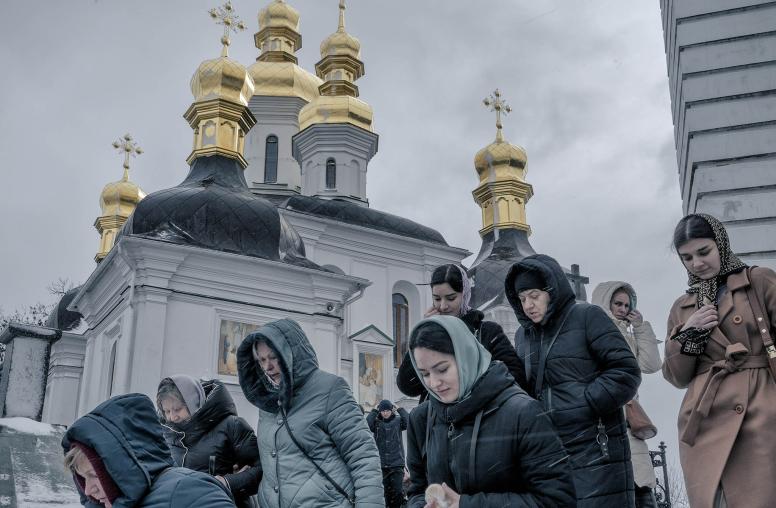Ijtihad: Reinterpreting Islamic Principles for the Twenty-first Century (Arabic Edition)
Summary
- Many Muslims believe that they must choose between Islam and modernity or between Islam and democracy, but these are false choices. To reinterpret Islam for the twenty-first century, the practice of ijtihad (interpretation and reasoning based on the sacred texts) must be revived.
- Religious scholars effectively terminated the practice of ijtihad five hundred years ago. But the principles of interpretation are well established and the need for contemporary interpretation is compelling.
- New interpretations of the texts are particularly important in relation to the status of women, relations between Sunnis and Shiites, relations between Muslims and non-Muslims, the role of Muslims in non-Muslim societies, and Islamic economic theories.
- Most scholars would limit the practice of ijtihad to specialists who have not only knowledge of the Qur'an and the hadiths but also broad familiarity with a wide range of modern scholarship in Arabic grammar, logic, philosophy, economics, and sociology.
- Other scholars assert that interpretation of the texts should not be confined to legal scholars but should be open to those with creative imagination.
- Restrictions on the contemporary practice of ijtihad are imposed both by religious establishments and by repressive governments in Muslim countries. Democracy and freedom of inquiry and expression are essential to the practice of ijtihad and to the successful reconciliation of Islam and modernity. Reform of Muslim educational systems is also essential.
- Muslim scholars and leaders in the United States and other Western societies have particular opportunities as well as a responsibility to lead a revival of ijtihad. Muslim scholars in the West have the freedom to think creatively while still being faithful to the texts, and their new interpretations could stimulate new thinking among the more traditional religious establishments in Muslim countries.
For the complete English version of this report, click here.



